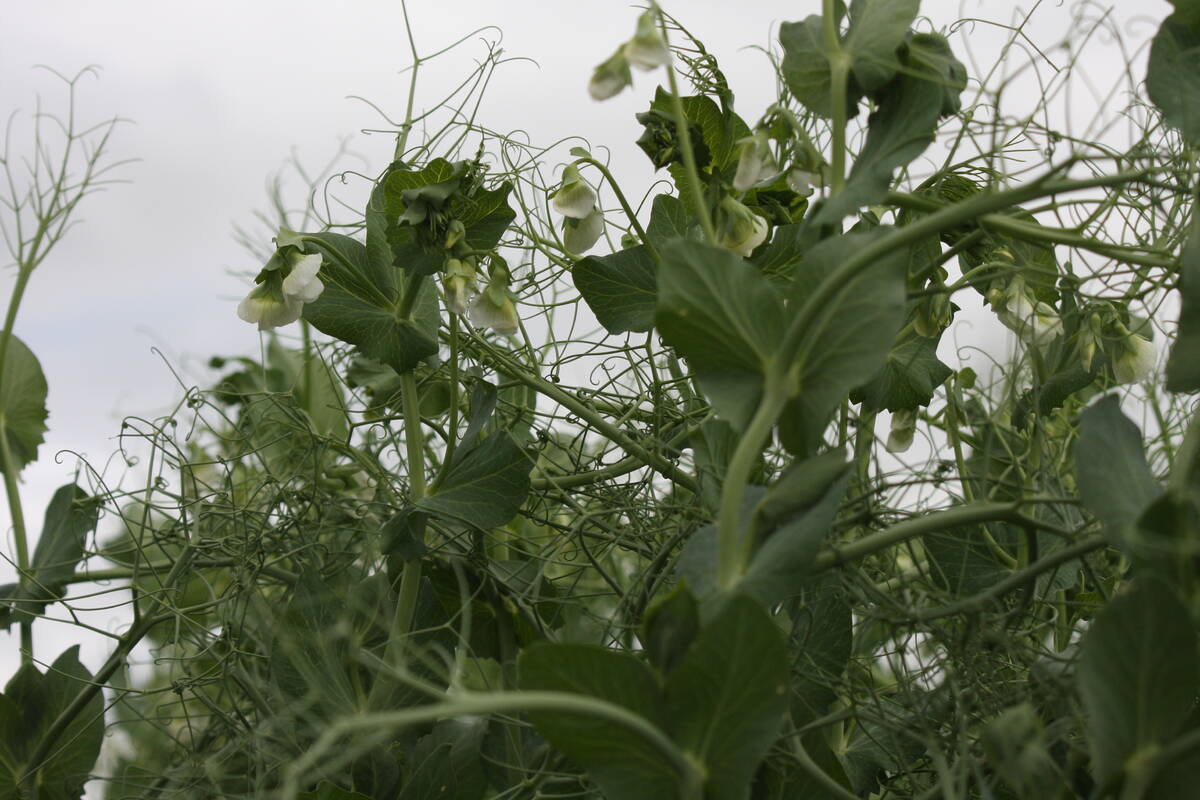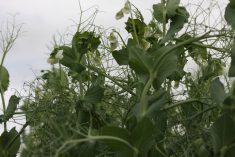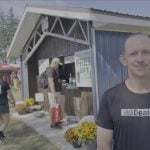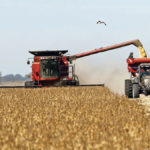Richard Brown knows what it feels like to be a cattle producer in “one-cow Canada.”
The British farmer managed to survive the United Kingdom’s BSE crisis, but said his country’s cattle industry carries large scars.
“We came through, but at a very high price,” said Brown in an interview during the World Meat Congress.
During a speech he jokingly referred to himself as “three-cow Brown,” because in 1991 he discovered three cases of BSE in his herd of Hereford-Friesian beef cattle.
Although at the time a single case of BSE would not shut down a farm and throw into chaos a nation’s exports, Brown realized these three cows in his herd seemed harbingers of doom for British farmers.
Read Also

High pea yields shock farmers
There is going to be a massive pea carryout at the end of this crop year.
Each of the infected cows had come from a different herd.
“At that stage for me as a farmer, right at the beginning of the crisis, it was obvious that there was a huge problem in the U.K.,” said Brown.
Over the next three years, tens of thousands of BSE cases per year were discovered, causing great stress to British cattle producers.
But the meat industry suffered a near-fatal blow in 1996, when British scientists announced that BSE had been linked to a new form of Creuzfeldt-Jakob disease in humans who had eaten BSE-infected beef. Consumers fled from beef and British beef was locked out of the world markets.
For a while it looked to Brown as if the industry would collapse, but it recovered surprisingly quickly.
“The beef market fell to pieces for about three months, but after about six months … beef consumption began to very substantially recover,” said Brown, who is an analyst with GIRA Group, a French-Swiss management consulting company.
Various government and industry measures helped British beef get to consumers, and only about five percent of normal beef consumption was lost for a long period. Brown said that pattern of short-term demand collapse followed by 95 percent demand recovery has happened in many countries. Canada has been an exception, because demand was not affected at all by the discovery of BSE in an Alberta cow.
Although the huge consumer panic occurred in 1996, the main spread of the disease had happened in the early 1990s, so by the time of the panic, most British farmers had already sorted out their herds, discovering which ones had a problem and which didn’t.
Brown had decided to cull his herd before the crisis erupted and before he found BSE, but the after-effects of the disease haven’t stopped him from restocking and getting back into the cattle industry.
He said British farmers are now better prepared to face the kinds of disease crises that are quickly becoming the curse of the world meat industry.
Brown is careful about where he buys cattle and now produces most of his own cows. He doesn’t think he’ll ever face BSE in his own herd again.
“I would be extremely upset if we had a case of BSE again,” said Brown.
“It would be difficult to explain where the hell it came from.”
He and some other British farmers have also moved away from specialization in any one part of the cattle production chain.
Disease outbreaks like BSE and foot-and-mouth cause animal movement to almost totally shut down – sometimes for months. This can cripple a farm that depends on shipping calves to feedlots at a set time.
Many farms, like his, can now carry the calves from birth to slaughter weight.
“If you don’t have the facilities to house and feed these cattle, you could be in trouble,” he said.
“We can self-insure ourselves a bit by making damned sure we have farm space.”
Brown is sympathetic to Canadian producers who are facing the same market access problems, especially because Canada doesn’t really have a BSE problem.
“We had something like 185,000 cases,” he said. “You’ve had one.”















